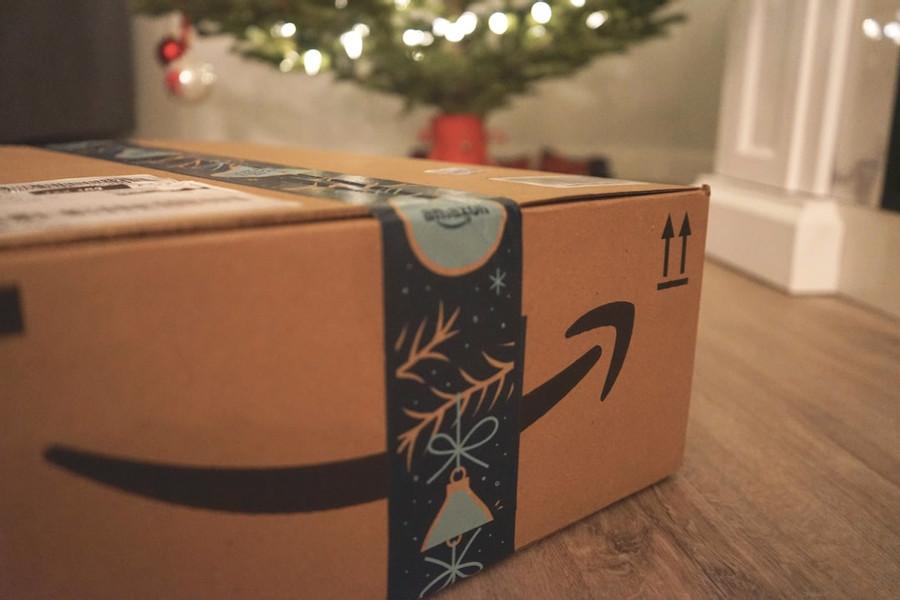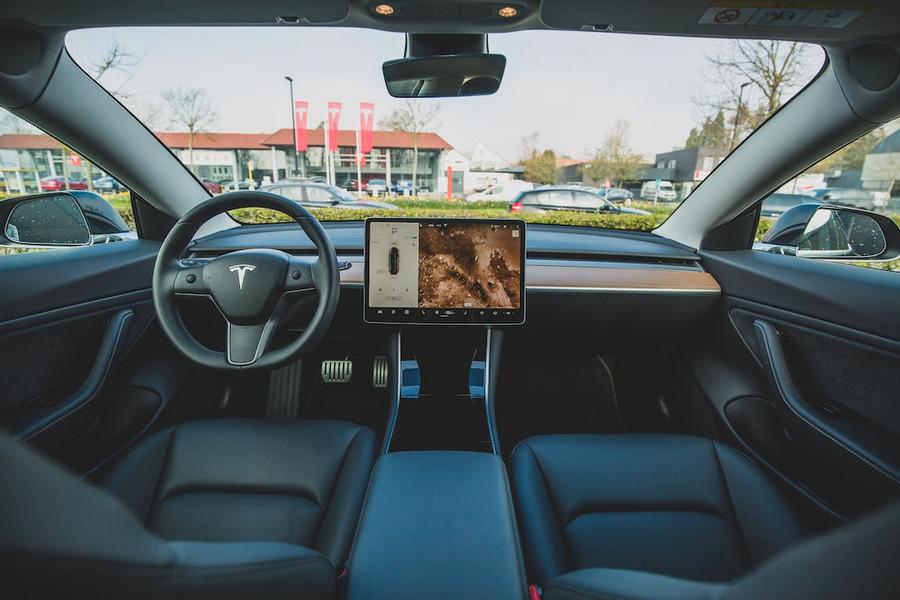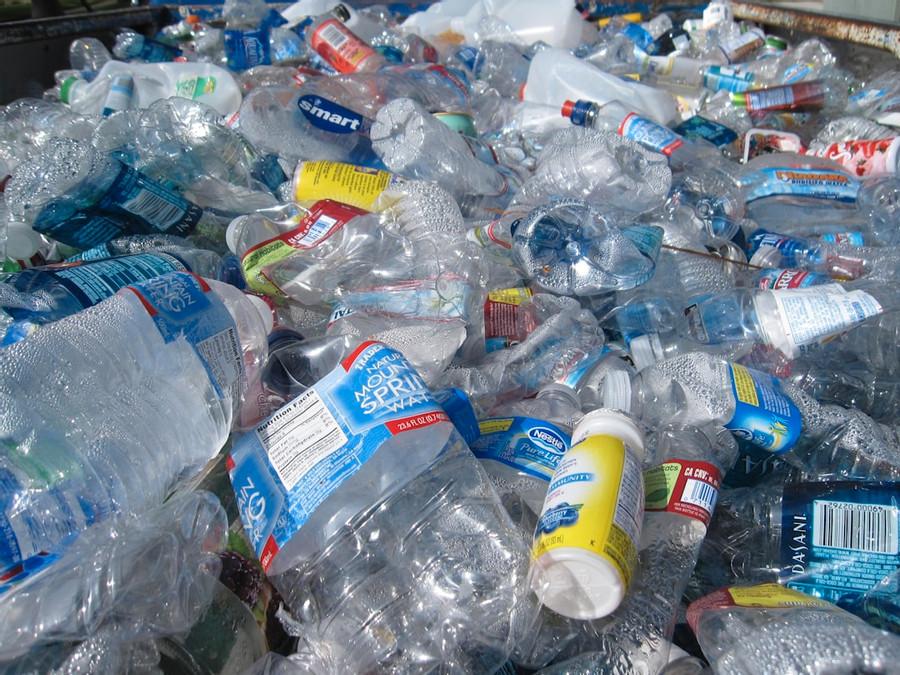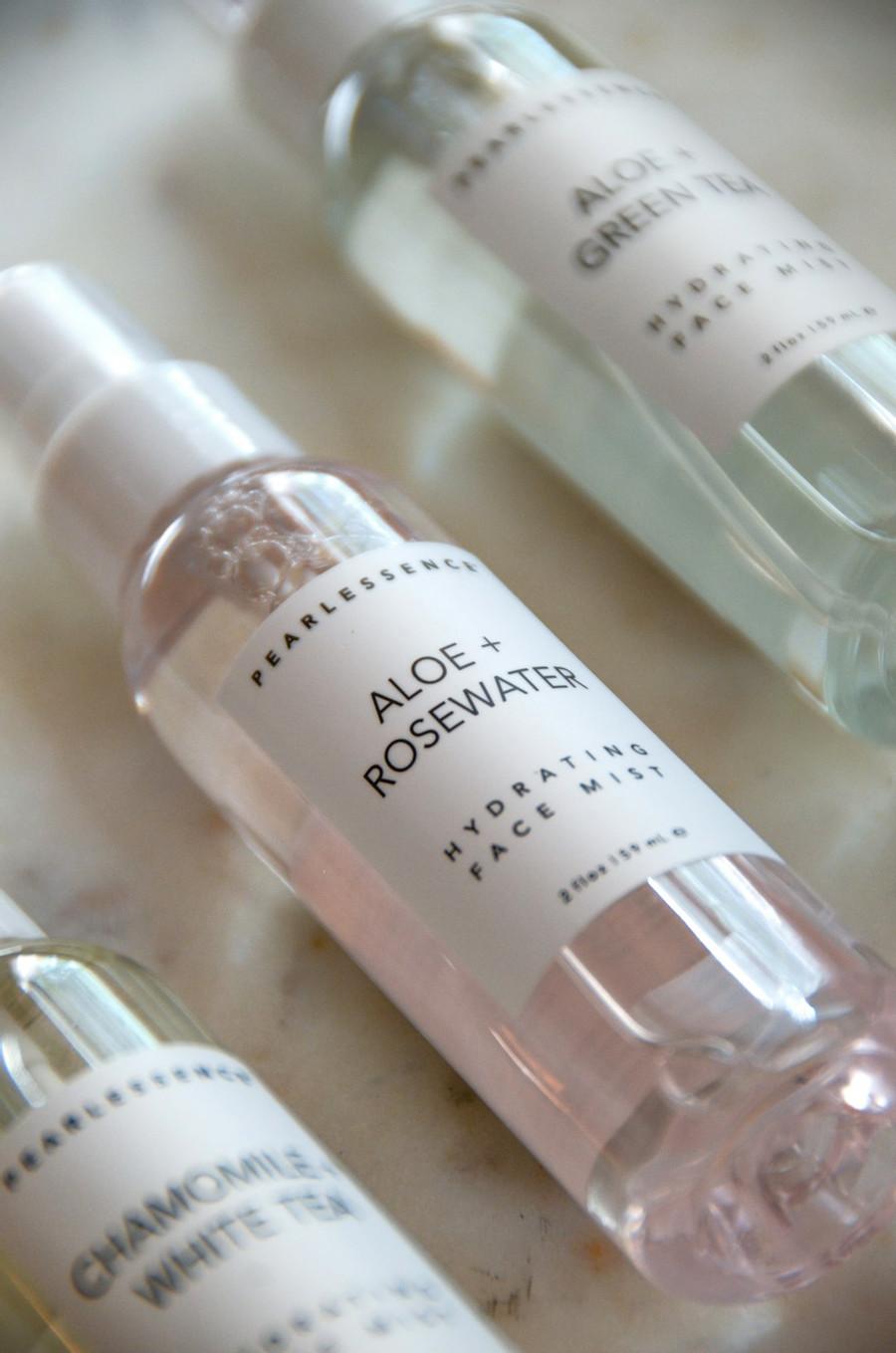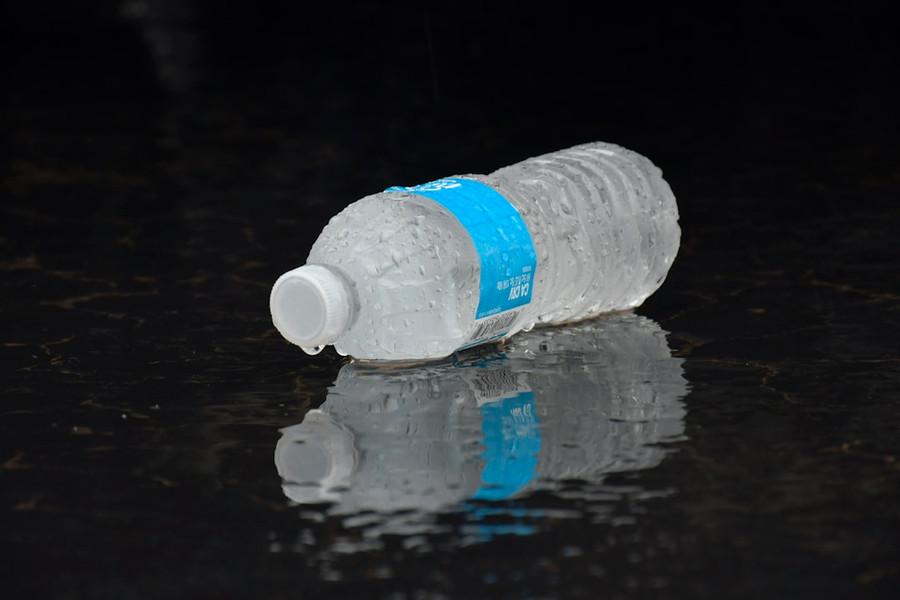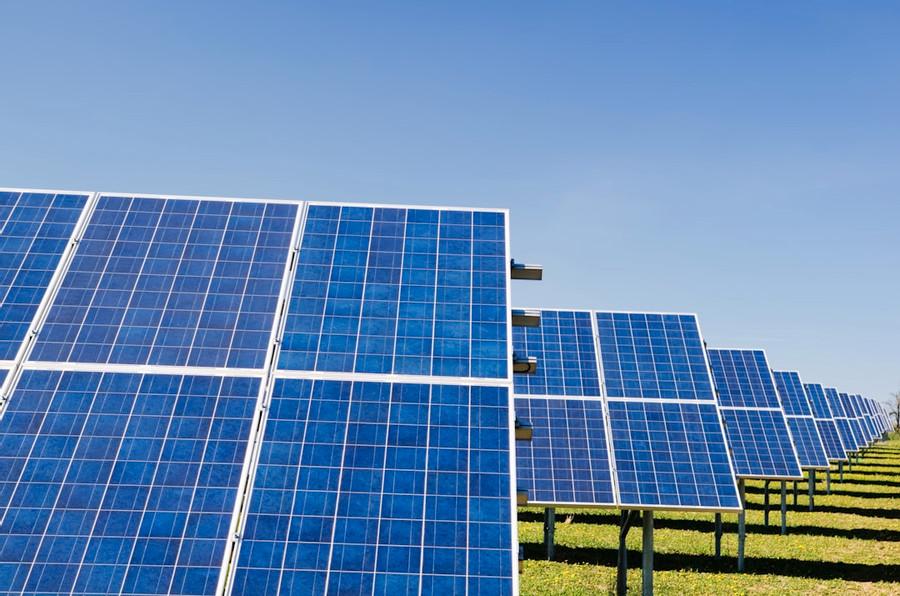Explore the World's Best Ideas
Join today and uncover 100+ curated journeys from 50+ topics. Unlock access to our mobile app with extensive features.
Living Sustainably
From what we eat to how many children we decide to have, there’s a lot we can do to “choose wild” and reduce our environmental footprint to leave more room for wild animals and plants.
- Think twice before shopping.
- Make sure your big purchases have big environmental benefits.
- Go #PlasticFree.
- Boycott products that endanger wildlife.
- Pay attention to labels.
- Be water-wise.
- Drive less, drive green.
- Green your home.
- Choose Wild Energy.
- Take Extinction Off Your Plate.
- Choose to have a smaller family.
- Use your voice and your vote.
30
372 reads
Think Twice Before Shopping
“Reduce, Reuse, Recycle” may feel retro, but it’s just as important today as when the phrase was first coined. Every product we purchase has an environmental footprint, from the materials used to create it to the pollution emitted during manufacturing to the packaging that ends up in landfills. So before you buy, ask yourself if you really need it. If you do, consider buying gently used instead of new, and look for minimal packaging and shipping.
25
289 reads
Make Sure Your Big Purchases Have Big Environmental Benefits
Not everyone can run out and trade in their old gas-guzzling clunker for the latest planet-friendly hybrid car. And that’s not necessarily a bad thing; manufacturing new cars takes a lot of resources too. But if you’re in the market for a new car, look for a fuel-efficient model — you’ll save thousands on gas money and reduce your carbon footprint over the years. If you’re buying a new refrigerator, washer or dryer, look for the Energy Star label to find the most efficient appliances. Need a new water heater? Consider upgrading to solar.
24
263 reads
Go Plastic Free
Plastic never goes away. Today billions of pounds of it can be found in swirling convergences making up about 40 percent of the world’s ocean surfaces. Every year thousands of seabirds, sea turtles, seals and other marine mammals are killed after ingesting plastic or getting tangled up in it. You can start cutting down on your plastic waste in a few simple steps: use reusable bags when you shop, ditch single-use water bottles, bags, and straws and avoid products made from or packaged in plastic whenever possible.
25
257 reads
Boycott Products that Endanger Wildlife
Products made from animals on the endangered species list are illegal to buy, sell, import or trade in the United States, but if a plant or animal hasn’t been listed yet, they can still be harmed for someone’s profit.
Also, some products harm endangered species by threatening their habitat, from cutting down old-growth forests to using up the water that riparian species need to survive. To avoid contributing to the endangerment of wildlife, shop conscientiously and look for products made from sustainable materials like bamboo.
23
225 reads
Pay Attention to Labels
From coffee to fruit to clothing, the number of options out there can get overwhelming — but there are some clear leaders when it comes to minimizing your impact on wildlife and the planet. If you’re a coffee drinker, look for “shade-grown” coffee, which is grown while keeping forest habitats intact for migratory birds and other species. Choose Fair Trade certified goods when possible to support companies dedicated to sustainable production and paying laborers a fair wage. Buy organic food whenever possible; it may cost a little more, but it keeps harmful pesticides out of our land and water.
26
237 reads
Bottled Water Is A Curse On Earth
Skip the bottled water. Bottled water companies try to give tap water a bad name, even though the water from your faucet is practically free and much city water has won quality tests and taste tests against name-brand water.
And the extraction of water and production of all those plastic bottles is notoriously harmful to communities and wildlife. Water conservation is also critical, especially as our growing population puts increased demand on the nation’s water sources and we face unprecedented droughts.
26
251 reads
Conserving Water
You can conserve water by taking shorter showers, fixing leaky toilets, and choosing low-flow and low-water appliance options. Also, consider xeriscaping your yard, a landscaping technique that uses native, drought-adapted plants that require less water and maintenance over time, and provide habitat and food for birds and bees.
30
257 reads
Drive Less, Drive Green
Changing your driving habits can dramatically reduce your carbon footprint. Walk, bike, carpool or use public transportation whenever possible. Combine errands to make fewer trips. Participate in, or start, car-free days in your community.
It’s also important to keep your car in shape with regular tune-ups and tire inflations. Tune-ups can increase your fuel efficiency by 4 percent to 40 percent, and if every American kept his or her tires inflated, gas use nationwide would decrease by 2 percent.
24
194 reads
Keep Your Home Green
Just as keeping your car in shape improves your fuel efficiency, keeping your home in shape improves your energy efficiency. Make sure your home has adequate insulation and energy-saving windows, and use a programmable thermostat for more efficient heating and cooling — and, of course, energy-saving lightbulbs for more efficient lighting.
Many states now offer incentives to help you green your home or rental at low or no cost. Call your energy provider to see if it offers free energy audits or knows of a company that does.
23
198 reads
Choose Wild Energy
Kicking the fossil fuel habit is critical to saving wildlife, slowing climate change and protecting our lands and waters. If your state allows you to pick your electricity supplier, use a Green-e certified company that generates at least half its power from wind, solar and other clean sources. Also, explore the options — and tax credits — for installing rooftop solar panels or solar water heating in your home. Depending on your productivity, you can even add clean power to the grid, further offsetting your carbon footprint.
23
182 reads
Take Extinction Off Your Plate
Meat production is one of the most environmentally destructive industries on the planet, responsible for massive amounts of water use, pollution, greenhouse gas emissions and habitat destruction. You have three chances a day to improve the health of the planet — by reducing your meat consumption you can reduce your environmental footprint.
Also, nearly 40 percent of edible food in the United States goes to waste -- wasting all of the natural resources that went into producing it. Prevent food waste with smart, planned shopping and creative ways to consume what you purchase.
24
184 reads
Choose to Have a Smaller Family
With more than 7.5 billion people in the world, and more every day, our demands for food, water, land and fossil fuels are pushing other species to extinction. We can achieve an ecologically sustainable population in ways that promote human rights; decrease poverty and overcrowding; raise our standard of living; and allow plants, animals and ecosystems to thrive.
It’s time to talk about runaway human population growth, the species extinction crisis, and what kind of future we want for wildlife, the planet and ourselves.
23
170 reads
Use Your Voice and Your Vote
One of the best things you can do for wildlife and the planet, today and in the future, is to get politically involved in your community and at the national level. Vote for candidates with strong environmental platforms. Urge your representatives to pass stronger policies to limit greenhouse gases, fight climate change, protect our wildlife and public lands and support access to reproductive health services. Better education and access to family-planning services decrease family size and our overall carbon footprint, helping children and wildlife thrive.
23
180 reads
IDEAS CURATED BY
Thea Newton's ideas are part of this journey:
Learn more about scienceandnature with this collection
How to make sustainable choices in everyday life
Identifying ways to reduce waste and conserve resources
Understanding the impact of human actions on the environment
Related collections
Similar ideas
Read & Learn
20x Faster
without
deepstash
with
deepstash
with
deepstash
Personalized microlearning
—
100+ Learning Journeys
—
Access to 200,000+ ideas
—
Access to the mobile app
—
Unlimited idea saving
—
—
Unlimited history
—
—
Unlimited listening to ideas
—
—
Downloading & offline access
—
—
Supercharge your mind with one idea per day
Enter your email and spend 1 minute every day to learn something new.
I agree to receive email updates


